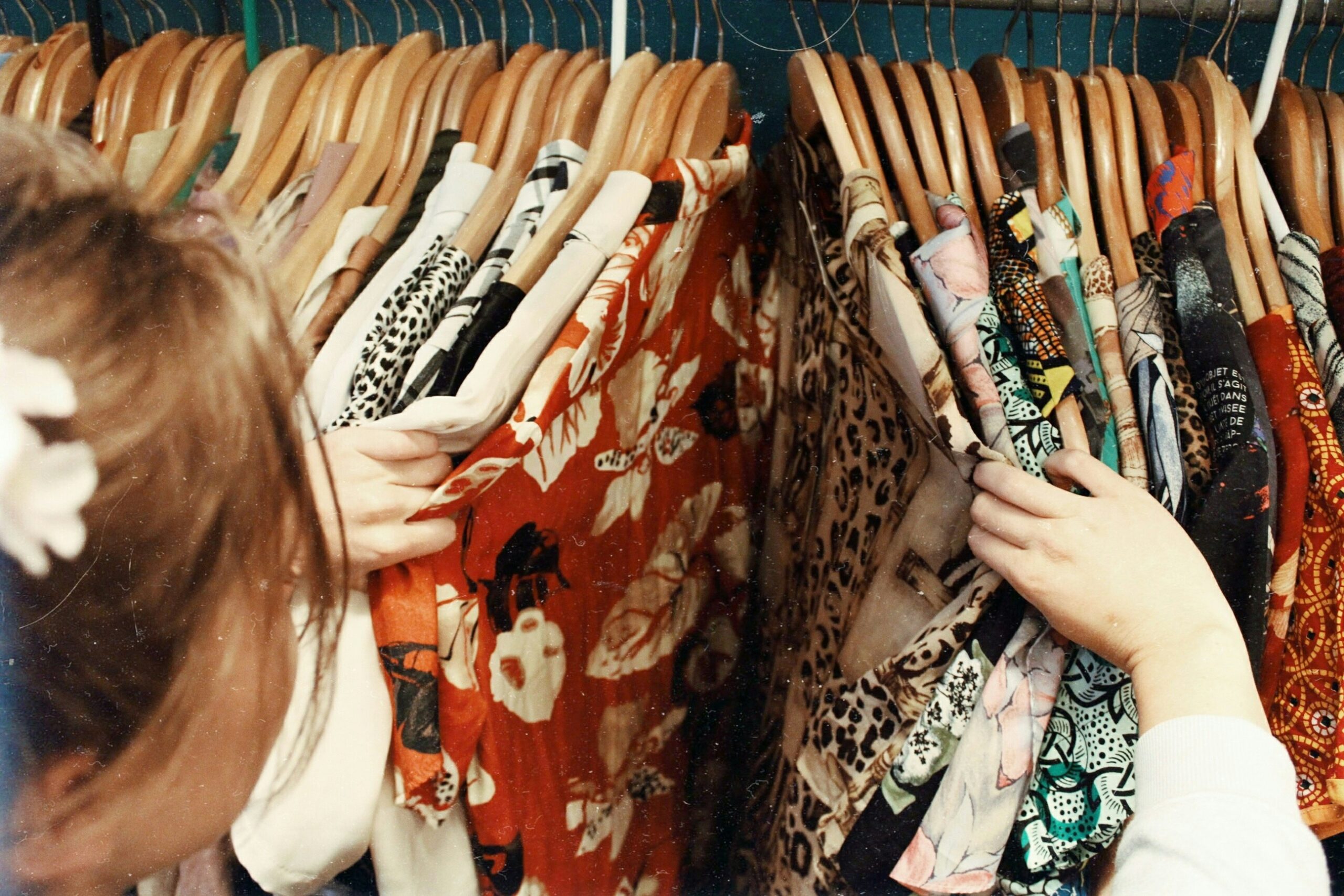Moments after news broke Monday morning that the US and China had reached a trade deal, Bogg founder Kim Vaccarella called her manufacturer in Dongguan, China and told them to start making her brand’s colourful plastic beach bags again.
“We had a lot on hold and as of this morning, we’ve released 90 percent of our production orders,” Vaccarella said. She added that she’s also slowing down on a frantic search for alternative factories in Vietnam and Sri Lanka. Bogg still plans to diversify its production, but the task is nowhere near as urgent as when the Trump administration’s 145 percent tariffs on Chinese imports were still on.
Those levies were reduced to 30 percent under the terms of a 90-day agreement announced on Monday. China will cut duties on US goods from 125 percent to 10 percent.
The deal technically marks a pause in the trade war launched by US president Donald Trump on April 2, when he announced tariffs — also now on hold — against dozens of countries, as well as a 10 percent global levy, still in place. But investors and many in the fashion industry treated the news as their own version of Liberation Day.
The S&P 500 jumped more than 3 percent to above where it traded on April 2. A number of apparel and footwear stocks soared, with some of the biggest gains seen by companies such as Vans owner VF Corp. and Victoria’s Secret that were hit hardest by the initial tariff plan.
Fashion isn’t able to relax just yet, however. Industry sources described the deal as a step in the right direction, but also noted that it’s only a temporary solution. And even Monday’s pause leaves significantly higher tariffs on Chinese goods.
“While we’re encouraged by the easing of tensions and the joint rhetoric coming out of both sides of the equation, our hope is that there continues to be a conversation that drives that 30-percent number lower,” said Matt Priest, president and chief executive of Footwear Distributors and Retailers of America. “That’s what we’re focused on in the coming weeks and months.”
What’s more, it’s still uncertain whether similar deals will be made with Vietnam, Cambodia and other countries where brands have diverted their production in recent years. If Trump’s reciprocal tariffs go into effect in July as scheduled, imports from Vietnam will be subject to a 46 percent duty, for instance.
“This is still very much in motion,” said Simeon Siegel, analyst at BMO Capital Markets.
Just in time for the holidays
A tariff of 30 percent on Chinese goods coming into the US is much more manageable than 145 percent, which some economists said would have effectively halted vast swaths of trade between the two countries. When that tariff was still in play, importing from China would have been so costly that companies were canceling orders, diverting them to other countries and slowing shipments destined for the US.
Apparel imports saw double-digit weekly drops, while the National Retail Federation estimates that, in May, total import cargoes at US ports will fall for the first time since 2023.
The new tariff rate, by contrast, is at least one that companies will be more conceivably able to offset or absorb. For a brand such as Steve Madden, which has been moving aggressively to shift production out of China but still sourced most of its products there at the start of the year, the deal is a lifeline. Last week, it pulled its sales and profit outlooks for the year.

The temporary agreement also means that retailers can now place their orders for the holiday season with a bit more clarity on their costs as well as consumer demand, which will no longer be hit quite as hard by rising prices stemming from the tariffs.
Though given that it’s only a three-month window, it’s possible those orders will reach US shores just as tariffs ramp back up again, according to Spencer Hewett, founder of inventory visibility startup Radar.
“You could also argue that it would be cheaper if they wait,” Hewett said. “It’s still not enough certainty.”
Steve Lamar, president and CEO of the American Apparel & Footwear Association, pointed out that the tariff applies on top of any previous tariffs still in place as well as the regular customs duties products incur. (To give one example, Priest said the total duties on a typical sneaker could come to 50 percent.) Fashion tends to be a low-margin business, so even the lower rate could be prohibitive for certain products, or for small brands that don’t have the wherewithal to handle the costs. Companies that do import goods at the new rate are likely to pass the costs onto consumers as price hikes.
“This is really going to create a situation that is inflationary,” Lamar said.
No relief for fast fashion
The agreement did not address the end of the de minimis exemption, a tax loophole popular with Shein, Temu and other retailers that allowed them to ship packages worth under $800 directly from Chinese factories to US customers duty free. The loophole closed on May 2, forcing immediate, dramatic changes to how many retailers operated. Temu, for instance, said it would only sell locally available goods in the US for the foreseeable future.
There’s currently no reason to believe that the US is reconsidering, but Shein and Temu could still use the 90-day window to ship products in bulk to US warehouses, Yao Jin, an associate professor of supply chain management at Miami University of Ohio, told Reuters.
No end to the uncertainty
The new agreement doesn’t fully solve one of the thorniest problems for fashion in the trade war, which is the uncertainty of the situation.
“The next few weeks, months, or even years could be filled with policy twists and turns between the two countries, and the high level of uncertainty facing fashion companies and their suppliers is likely to persist,” said Sheng Lu, a professor of fashion and apparel studies at the University of Delaware. “This means that US fashion companies will continue to struggle to manage their inventory and will prioritise flexibility and agility in their sourcing.”
The lack of clarity makes it difficult for brands to invest as well, Lamar noted.
Additionally, if companies rush to resume shipments of fall and holiday merchandise they had put on pause, it could create a cargo capacity crunch that sends freight rates up. The surge in demand for production could also overwhelm manufacturers, Hewett said.
All the while, retailers must also account for low consumer confidence and slower economic growth projected for 2025. Access to reasonably priced goods isn’t the only factor for returning to business as usual; inventory without matching demand only creates further strain on cash flow.
Potential for new trade deals
The fact that the US and China came to an agreement does at least provide some hope that the country could soon reach deals with other nations, too, including manufacturing hubs like Vietnam and Cambodia. FDRA’s Priest said it also offers some sense of what other deals could look like.
“The 30 percent number for China becomes a benchmark for the other countries, in the sense that it’s hard to imagine a trade policy from the US government where you have some of these other nations, particularly in Southeast Asia, that have a higher tariff rate than China,” Priest said. “So will we see a 46 percent duty on goods out of Vietnam? I don’t think so.”
But there are still plenty of questions that remain. Lamar of AAFA said it’s unclear if talks with other countries could be delayed or paused while the US focuses on the complex negotiations with China. It’s a matter of how much bandwidth is available. It’s also possible that any new bargains could be like the China deal — temporary, and with the purpose of working out a future deal later. Based on the Trump administration’s deals with China and the UK, the one safe bet is that some level of tariffs will remain in place for other countries as well.
But for now, a 90-day reprieve on the most severe China tariffs is a welcome update for brands like Bogg.
“Let’s hope that they can come with a reasonable agreement after the 90 days, but while we’re in the 90 days, we’re going to be happy and enjoy this time until they make some other crazy announcement,” said Vaccarella.






